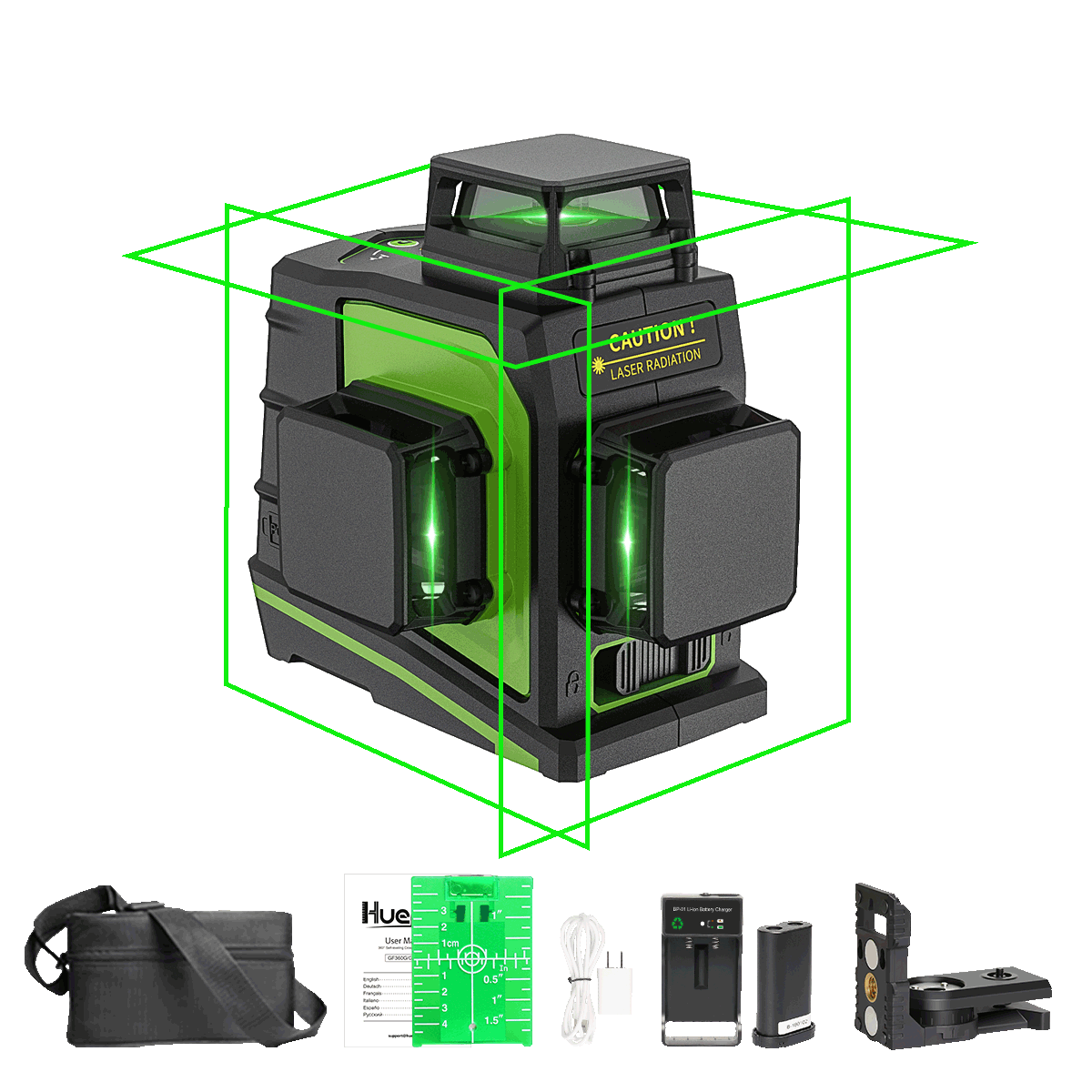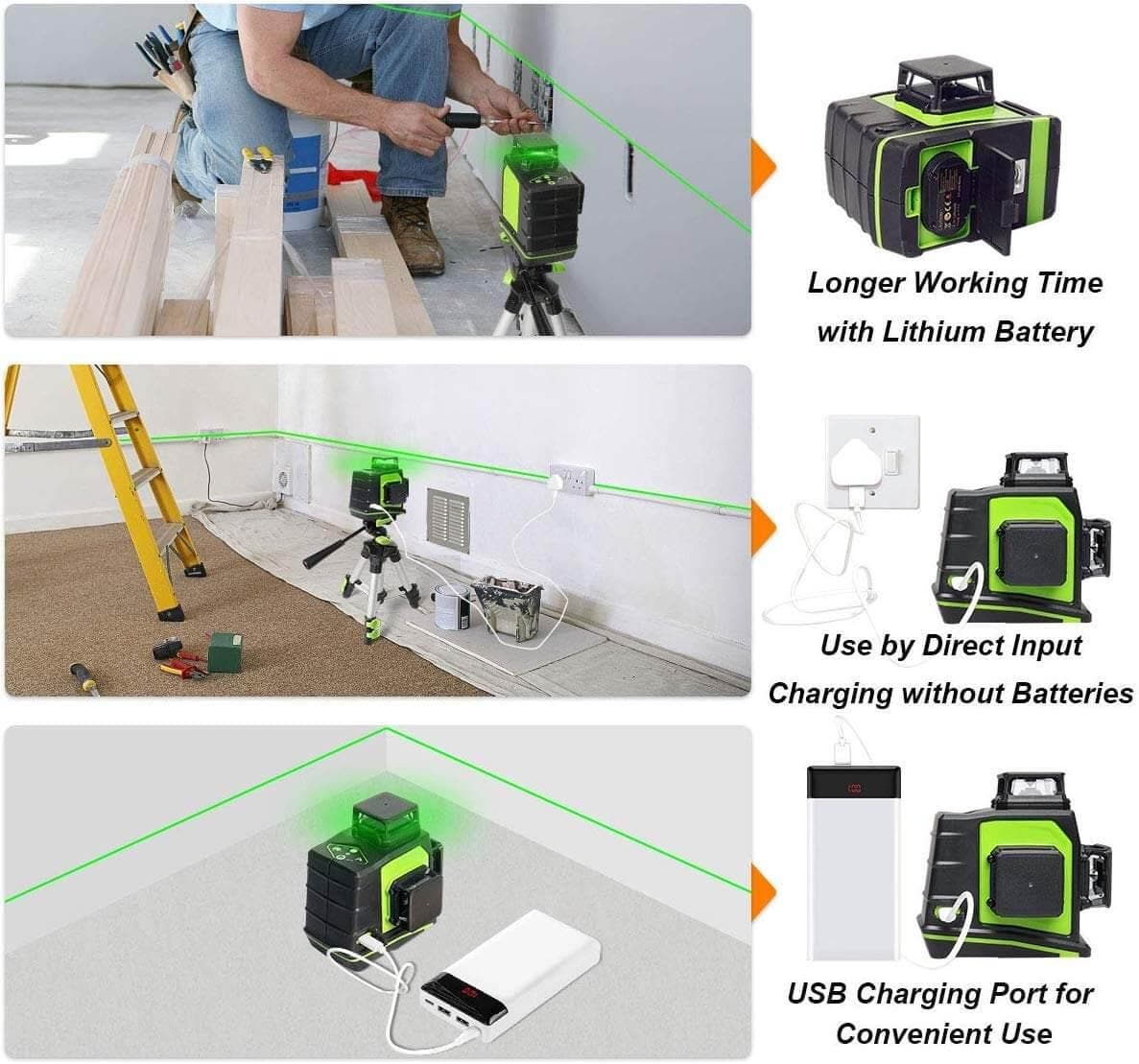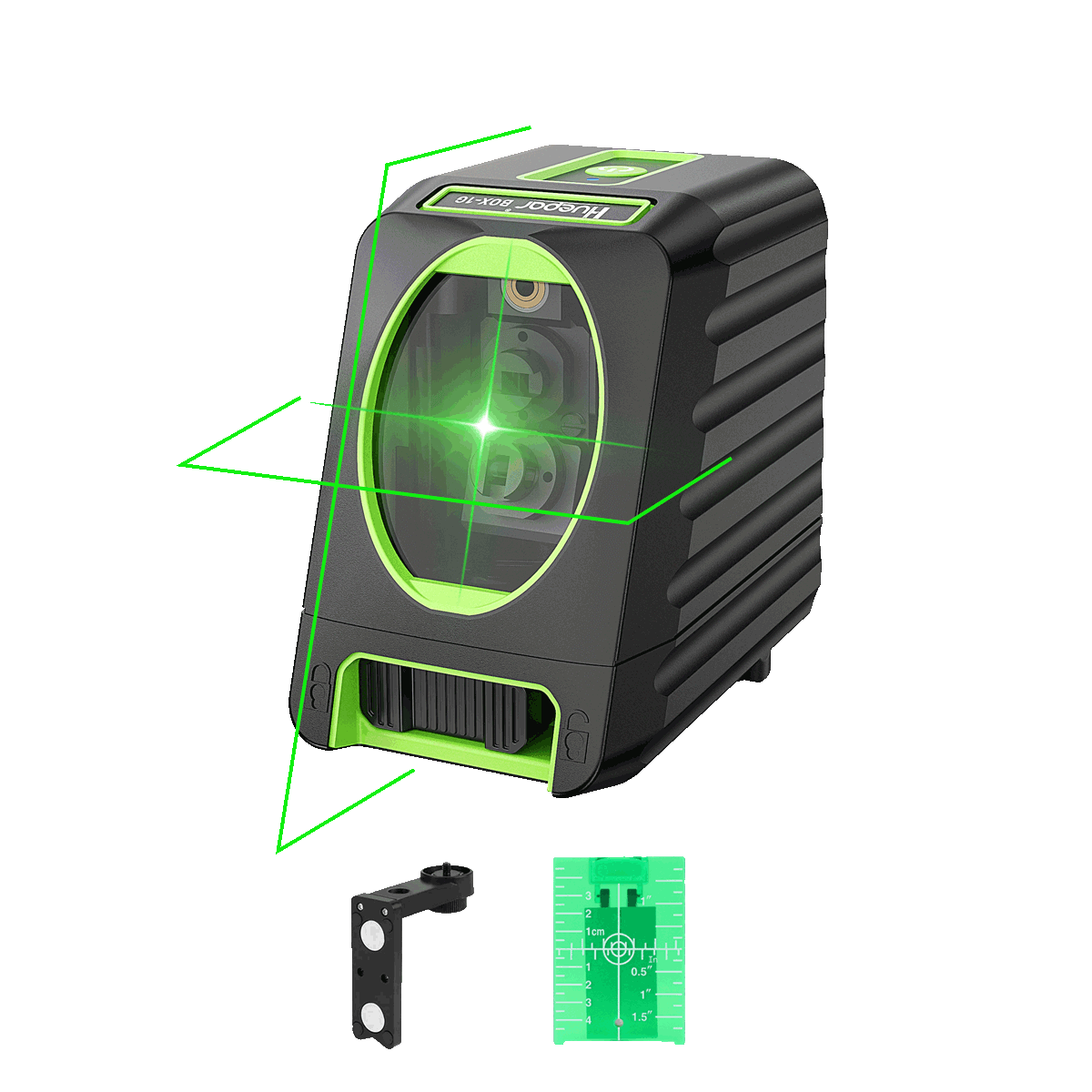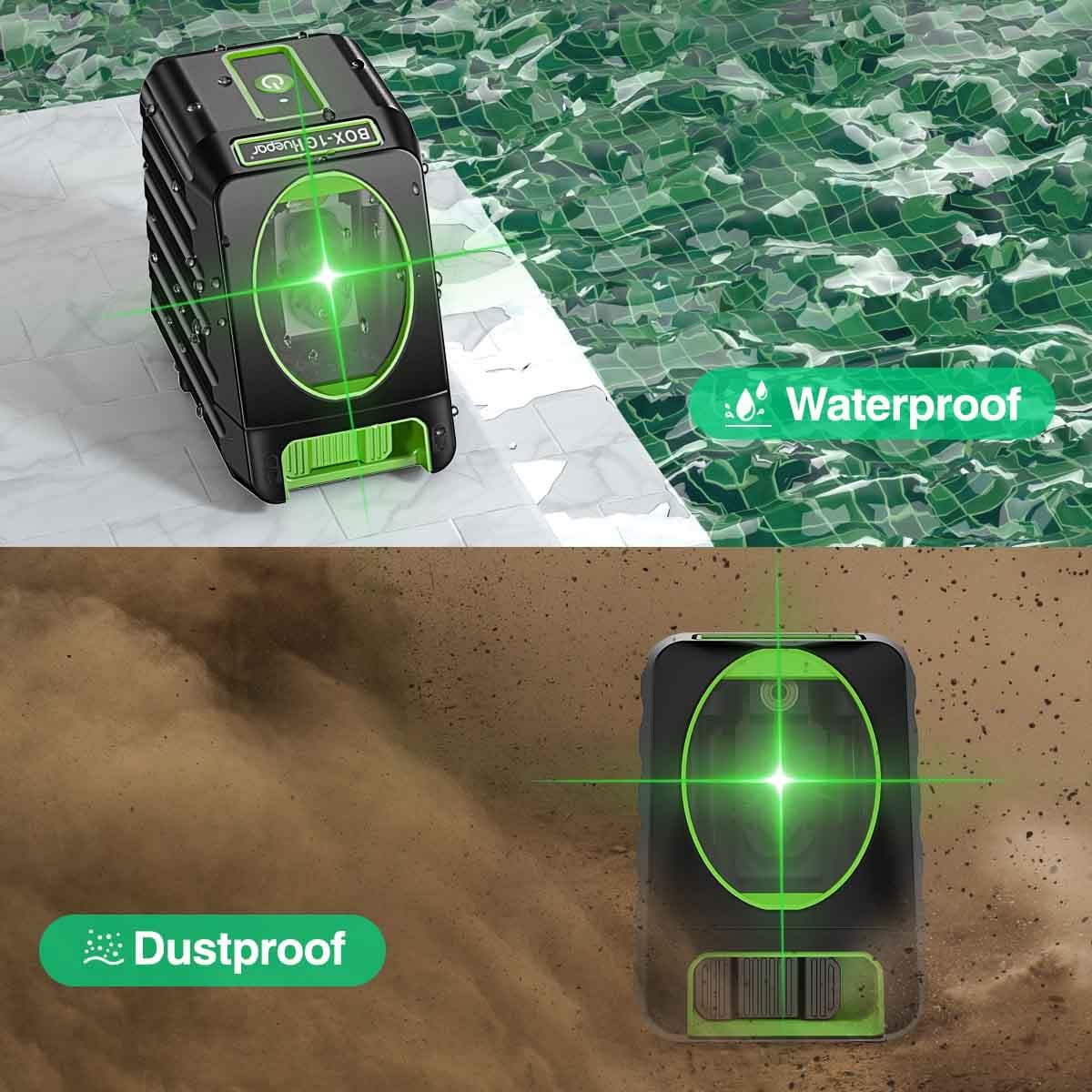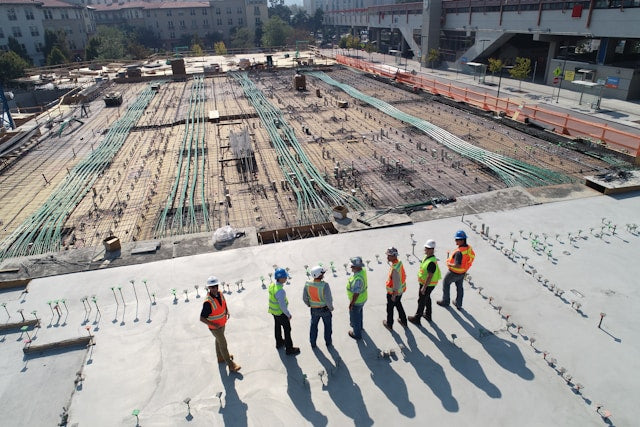
How to Use a Laser Level?
What is a Laser Level?
A laser level is a specialized tool that projects a constant laser line or dot horizontally or vertically, providing a precise visual guide for alignment and leveling tasks. These instruments work by amplifying by light, an incredibly concentrated beam of light produced by an amplifying system gets radiated horizontally as well as vertically to form unchangeable references by horizontal as well as vertical axes.

Laser level proves very useful instruments in construction work, survey work, as well as other work demanding level as well as straight references. Their ability to project accurate line by dot across vast distance proves them necessary instruments giving accurate aligning, level work, as well as consistent references over any work.
How Do Laser Levels Work?
Laser levels use an operation referred to as amplification by light (light amplification) to project an incredibly powerful, condensed beam of light. The condensed beam of light projects out, ideally over preset horizontal planes, leaving very visible references by way of line or dot markings across the surface.
Other models project one horizontal line, measuring 180 degrees. Others project several, two that meet by an angle of 90 degrees, creating an L-cross line pattern. Others project both line and dot, the dot showing the location where the two meet.
Laser level operation largely utilizes the capability to project these accurate dot or line markings across the horizontal (leveling) and vertical (plumb) planes. By leaving these visible references, users find it easy to align planes, objects, or buildings, especially when it comes to achieving accurate plumb line or level line during construction, renovation, or survey.
Applications of Laser Levels
Laser levels are very versatile equipment, capable of carrying out many indoor and outdoor functions. In the interior, these are very helpful when it comes to installation of pictures, setting the shelf, aligning tiles, and checking whether it lies perfectly level and straight. Using a laser level, you find it easy to project perfectly level markings across your floor or walls, enabling you to perfectly align any form of work, whether it is an installation, an addition, or an extension.

Outdoors, laser levels are essential for tasks such as grading land, laying foundations, and aligning fences. When grading land for landscaping or construction projects, a laser level can project a perfectly level plane across the entire area, allowing you to ensure that the ground is properly sloped for drainage or other purposes. For laying foundations, a laser level can help you establish a perfectly level base, ensuring that your structure will be stable and square. Additionally, when installing fences or other outdoor structures, a laser level can help you maintain a consistent height and alignment, resulting in a professional-looking finished product.
Whether you're working on a small home improvement project or a large-scale construction site, a laser level can save you time, effort, and frustration by providing a reliable and accurate reference line or plane for your work.
Types of Laser Levels
Laser levels come in several varieties, each designed for specific applications and environments. The three main types are cross line lasers, rotary lasers, and self-leveling lasers.
Cross Line Lasers
Cross line lasers project two laser beams that intersect at a 90-degree angle, creating a cross pattern on the surface. This design is ideal for indoor applications like hanging pictures, installing cabinets, or aligning tiles. Cross line lasers from Huepar, such as the Huepar 9211G, project bright green beams for enhanced visibility, even in well-lit conditions. These lasers are compact, lightweight, and easy to set up, making them a versatile choice for DIY projects and professional contractors.

Rotary Lasers
Rotary lasers, also referred to as rotating lasers, project an oscillating beam of light that sweeps out 360 degrees, generating an accurate horizontal or vertical line. These are ideally suited for field work, such as grading, digging, and foundation work. Huepar's rotary lasers, such as the Huepar RL300HVG, offer heavy duty build quality, intelligent self-leveling, and accurate, consistent measurements over extensive lengths. These are usually complemented by laser detectors, which detect the beam signal hundreds of feet away, even during full sunlight.

Self-Leveling Lasers
Self-leveling lasers automatically level over an established distance, eliminating human adjustments. These are very accurate, efficient, and ideally suited for accurate level work both indoors and outdoors. Huepar's self-leveling lasers, such as the Huepar 603CG, employ green beam technology, guaranteeing maximum visibility, as well as added functions, such as pulse mode, so that these instruments may co-exist alongside laser detectors. These are generalist instruments for construction, survey, and groundscape technicians.

No matter the project, Huepar has an extensive line of laser level products suited to various demands and functions, guaranteeing accurate, consistent performance every time.
How to Use a Laser Level?
Setting up the laser level correctly ensures accurate work. Start by setting the laser level securely over a tripod and setting the legs of the tripod squarely over an even surface. Level the vials on the tripod so that the laser level comes as close as possible to horizontal.
Power the laser level later and allow it auto-level if it has this capability. Self-leveling allows the beam from the laser level to project correctly as horizontal or vertical. Don't move the laser level while it auto-levels.
When it has completed level, the laser level projects an easy-to-spot beam across the surface you wish it to. Indoor projects, such as tile work aligning or setting out shelves, work best by leveraging the use of the laser line as an accurate straight edge. Outdoor projects involve the need to use the application of a beam-detector that receives the beam over longer work areas.
How you use it includes powering it, setting it correctly for the beam you are going to use, and slowly sweeping it horizontally and vertically across the work area. The detector shows you the location of the beam by sound, lights, or both, so you work accurately.
Tips for Effective Laser Level Use
When you use laser levels, there are some tips you need to remember so you work accurately and efficiently:
Use a Laser Detector in High-Light Situations: Laser beams are very difficult to find by the human eye when you work out under clear sunlight, especially over longer work areas. A laser detector makes it easy by detecting the beam and giving you an audible signal, lights, or both, so you work smarter.
Green Lasers Offer Better Outdoor Observation: Red lasers are included in many models, but green lasers are visible by human eyes, especially outside or over longer distances. If you work outside several days, work on very huge projects, or need greater accuracy, use green laser level models.
Self-Leveling Laser Levels Are Simple but More Expensive: Self-leveling laser levels are accurate, easy, and level automatically, creating an accurate level line or level plane. Self-leveling models, however, are more expensive. Although it takes longer to get them settled, it may not always be worth the extra money.
Take these hints, and you are able to get the best out of the use of laser levels, achieving accurate measurements, as well as maximizing efficiency on construction, surveying, and other projects.


